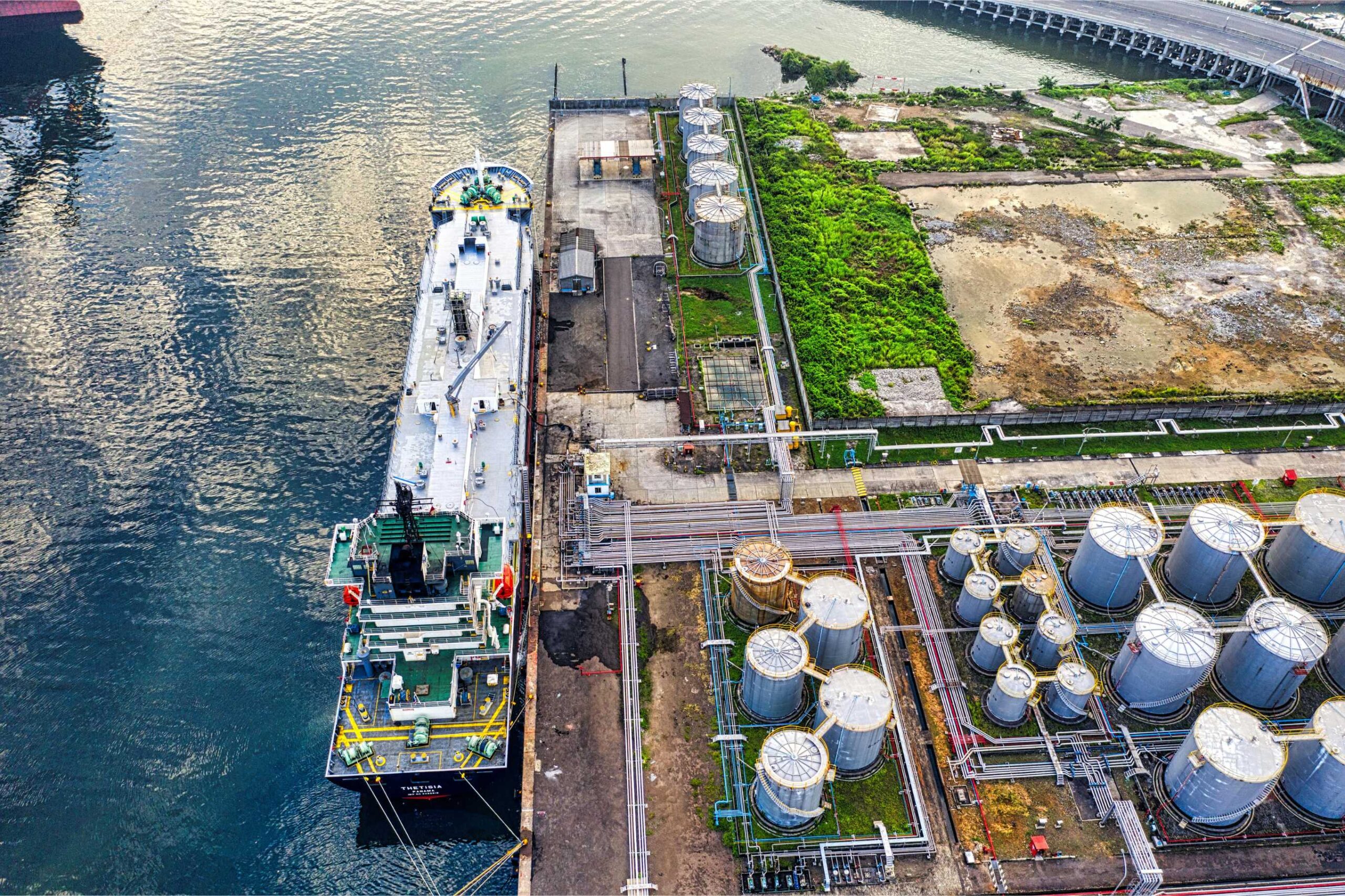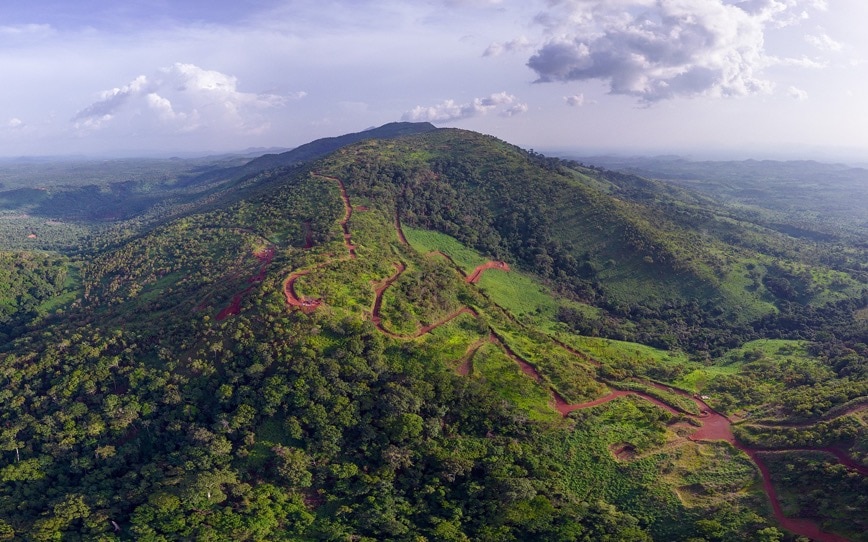Skid Resistance – To address road safety in the application of new road construction and rehabilitation, a range of factors must be considered including vehicle speed, road alignment, sight distance and many more.
Aside from these factors, key consideration must also be given to the material selection and design of the pavement wearing course and any implications regarding skid resistance of the running surface.
Skid resistance is a form of measurement that correlates to the stopping distance of a vehicle travelling at speed for a chosen material and gives consideration to two underlying variables, namely micro and macro-texture.
Micro-texture is the skid resistance or the resulting frictional potential provided by the material interface of the vehicle tyre and the pavement surface during accelerating and braking and can be measured using methods such as the British pendulum test. It can vary significantly from the surface to surface, largely depending on a) the dominant constituent of the material, it’s geometry and flakiness and b) the presence of binder and its cover over the parent material.
Whilst suitable micro-texture results can be measured at the time of construction, poor quality material that does not possess adequate durability characteristics can lead to ‘polishing’ of the stone and a reduced level of skid resistance to the road user.
Macro-texture is another component when addressing skid resistance and it gives consideration to a material’s propensity to ‘sheet’ water during significant rain events. It is typically measured using sand cone texture depth measurement and will vary depending on the voids of the surfacing.
Are environmental regulations, health and safety concerns or potential profit loss a concern right now?
A good example is a comparison of a fine dense graded asphalt (<10mm) which has a typical texture depth in the range of 0.3-0.4mm and an open-graded or gap graded asphalt which exhibit texture depths up to 1.2mm.
Similar to micro-texture, the macro-texture of a wearing course can deteriorate over time from a combination ravelling, stripping and embedment and should be monitored over the life of the surfacing.
Whilst these factors are important to satisfy current road safety standards, they should not be considered in isolation and should be monitored over the lifecycle of the pavement.
For more information on Global Road Technology or Skid Resistance Micro-texture and Macro-texture please Contact Us
MORE INDUSTRY ARTICLES
April 19, 2024
LNG: What is it, and why does it Matter?
April 17, 2024
Team Rio Locks In $23 Billion for Simandou
MORE INDUSTRY ARTICLES
April 19, 2024
LNG: What is it, and why does it Matter?
April 17, 2024

